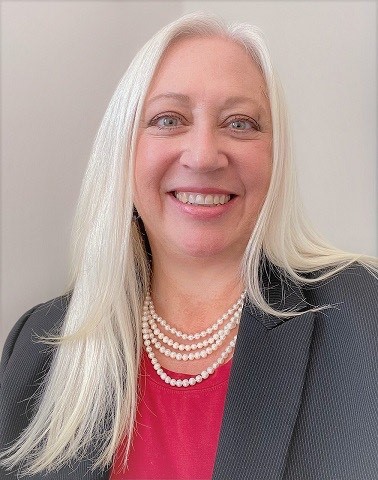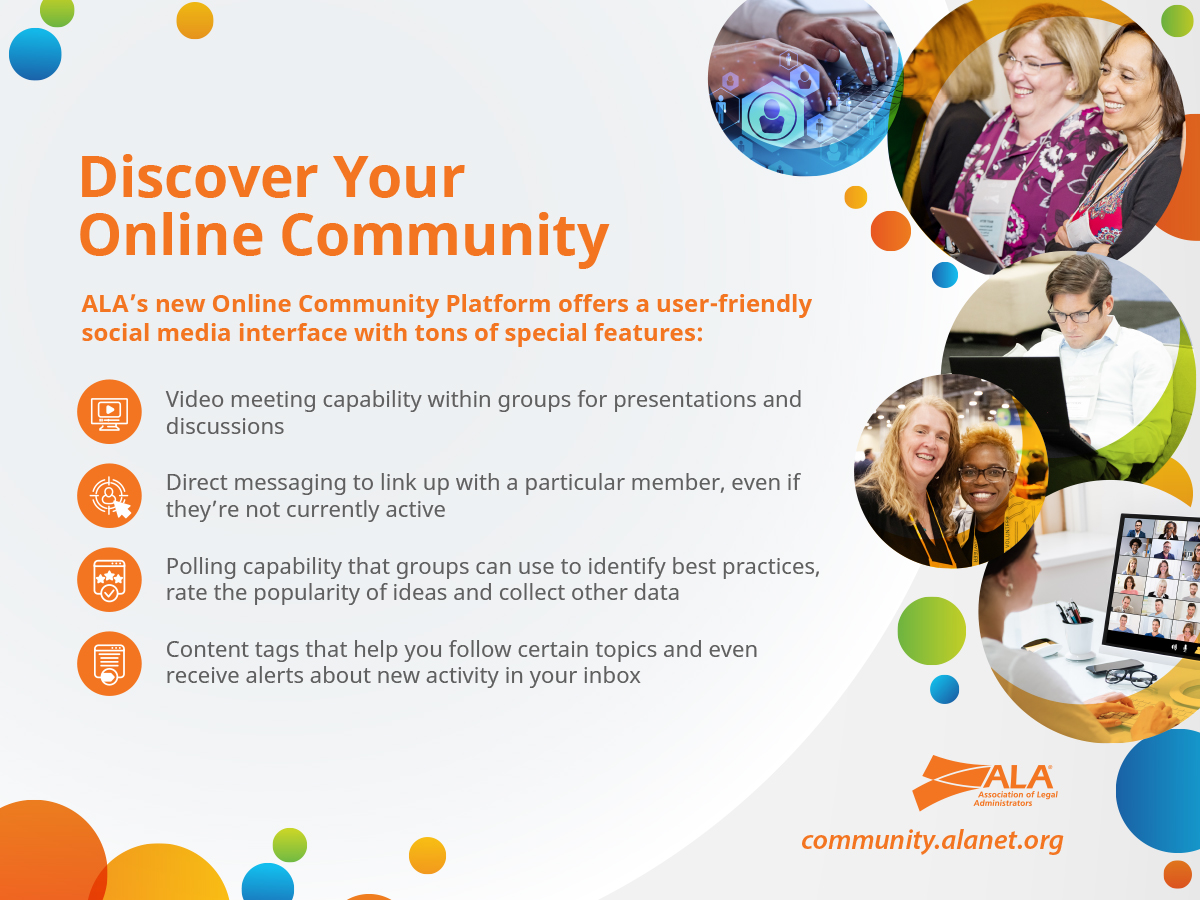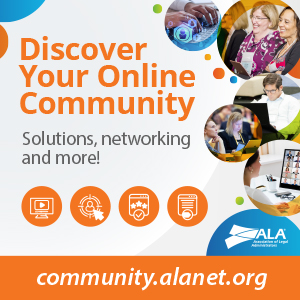So, while we shopped for supplies, got gas and propane, checked our generators, and installed hurricane shutters, my neighbors and I were doing so out of an abundance of caution — initially.
When it became clear that this enormous storm was taking a right turn and headed straight for our area, concerns and responses increased both in magnitude and speed to act. Because of the earlier indications, some were starting preparations later than others, but I began to observe increased and focused activities, coupled with the kind of neighborly behaviors that reaffirmed the love I have for my community in Bonita Springs since relocating from the Boston area in February 2021.
The day before Ian’s arrival, I took my daily walk around the neighborhood with my dogs, Abbie, Peaches and Punkin. I saw teams of people helping each other install shutters. Everyone asked, “Are you ready? Do you need any help?” There was a neighbor bringing water to another, an offer from a first responder who lives around the corner to make an emergency call to my parents (who are located two miles away), if we lost our signal so I could make sure they were alright, and many examples of supply and resource sharing.
The devastation from the direct hit here as a hurricane just shy of a Category 5 is still being determined weeks later, but the sheer force of this record-setting storm has already placed it in the record books. We lost power for a short while and our signal for a longer time but are far enough inland to avoid the storm surge that brought an unprecedented 12–18 feet of water. We were fortunate. Many of us struggle with survivor’s guilt. All of us are grateful even as we grieve for the many losses — of lives, our lives as we know it, our friends’ and neighbors’ losses — some people lost pets, many lost all their things. Every picture, memento, precious item — gone.
In the aftermath, the outpouring of support from so many people and places has been astonishing — the kindness, the generosity. The desire to DO something to make it better. To recover. We quickly stopped seeing each other as a category or label, like “red,” “blue” or “purple,” and instead as fellow humans for whom we have boundless empathy and a genuine desire to help.
SUPPORTING OTHERS BEYOND DISASTERS
There are some interesting studies that show how citizen participation is a key principle of disaster risk reduction and resilience building. With all this in mind, I have been wondering why it takes a major disaster to bring this out in people.
Could we create the kind of organization, culture, structure and place to work that brings out the best in people? The kind of place where people volunteer and just step in to fill a void because they are moved to do so — not because it is their job or responsibility? How can we create the conditions that provide cohesion, an impetus for people to come together and serve at their highest and best use — without all the devastation? What would motivate people to look for opportunities to contribute without being asked or told?
Sociological studies refer to two broad categories of volunteerism. One is emergent volunteerism, which involves new forms of volunteering that occur in response to unmet needs, whether perceived or real. The other is extending volunteerism, where groups and organizations without emergency or disaster functions often extend their activities to volunteer in times of crisis. Like emergent volunteers who act as individuals or form a new group, these volunteers often have intimate understandings of local needs and can draw on existing networks and resources to meet them.
“The generosity and uplifting activities I have experienced and observed inspire me to think about the organizational development, sociology and volunteerism themes in the context of the work we do within our legal organizations.”
There are obvious parallels: In our organizations, there are legal and business professionals who seize opportunities to respond to unmet needs (whether perceived or real), daily, regularly. Our teams, practice groups, departments, committees and task forces routinely engage in extending volunteerism, drawing on our networks, access, skills, experience, and knowledge to serve our organizations, clients and community when needed. In fact, we seek out and relish these opportunities. I wish more people knew about all the pro bono work law firms do.
BRINGING THESE PRINCIPLES TO LEGAL
The generosity and uplifting activities I have experienced and observed inspire me to think about the organizational development, sociology and volunteerism themes in the context of the work we do within our legal organizations. How might we harness the power of the collective team to produce extraordinary employee and client experiences — without the exigent circumstances? How can we create and sustain an organization with a culture of continuous improvement, where everyone is moved to want people and things to work better and better, all the time?
This requires structure, focus, norms and a culture. Simultaneously, a certain degree of autonomy clearly is required for people to want to volunteer. When people are “voluntold,” there is not the same, genuine desire to participate. When we ask people “what do you think?” and create emergent and extending volunteerism opportunities, they are far more inclined to engage willingly, even whole heartedly. When people know what to do and are inspired to do it, they are also more fulfilled and have greater appreciation. That seems to be one, excellent response to the talent war.
As catalysts for growth and change, we continue to explore ways to develop and nurture that connective tissue that increases the sense of community and quality of life in the workplace. Ingredients of that connective tissue include communication. For example, it matters whether we say “that person lost everything in the hurricane,” vs. “that person lost all their things.” Leadership, organizational design and architecture are key components as well.
A lot of our time and energy is devoted to focusing on those formal structures. We would be wise to include planning for our informal structure in our 2023 activities — and every year after that. One way to do that is to work across the P+ Ecosystem.™ This includes focusing on people, planning, process improvement, project management, performance management, performance metrics, pricing, positioning. It’s a process of working with a firm that targets both formal and the informal development.
This important work should be done in a conscious or planned way to address and manage the informal structure so that it works to your organization’s advantage rather than hindering its progress. Additionally, situational, scenario and crisis planning ought to be included in any organization's activities as a standing business planning activity, year after year. With my colleagues on ALA’s Professional Development Advisory Committee, we are looking at current state issues as well as taking a “peek around the corner” just like this.
Most law firms and legal departments are doing a good job addressing the “known knowns” — the equivalent of having a plan and resources in place to put up and take down hurricane shutters, stocking up on water, etc. Fewer are prepared for the “known unknowns,” like a devasting storm that, at the last minute, takes a turn and suddenly is bearing down on you. Almost none even think about unknown unknowns and have no plan or structure in place for what may come their way.
Experts are helpful but it isn’t enough to keep an eye on the forecast. Things are going to happen in ways that can’t always be anticipated. But having a culture where people are engaged and want to serve at their highest and best use is the best way to weather the storm. I often say that many places have the full six- or eight-pack; they are just missing the plastic thingy that holds it all together. That’s the connective tissue. Build it and they will come. And if you’ve already sustained damage, rebuild with the wisdom that comes from experience.
This article is dedicated to my beloved Abbie, who passed away on October 28, 2022, at the age of 16 ½. She was by my side and at my feet for all the big things and all the many moments that make up our days, weeks, years. Thousands of legal and business professionals benefitted from her incalculable impact, whether they knew it or not.
Special thanks to Valerie Danner for her encouragement and editing genius.


